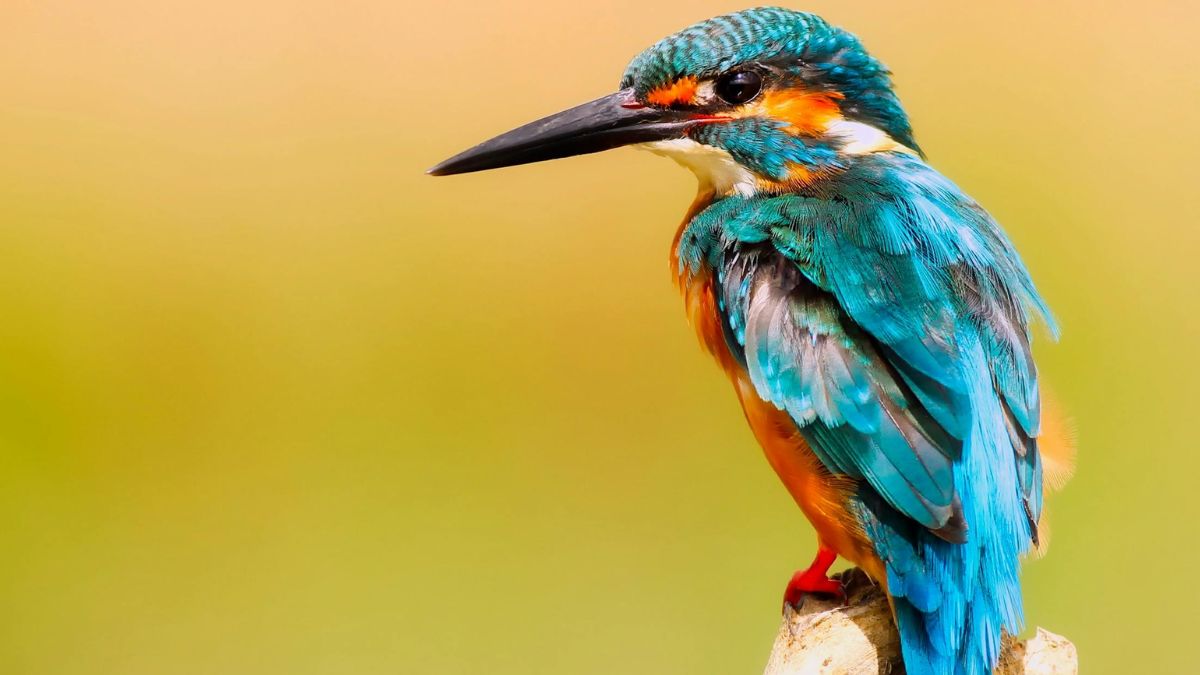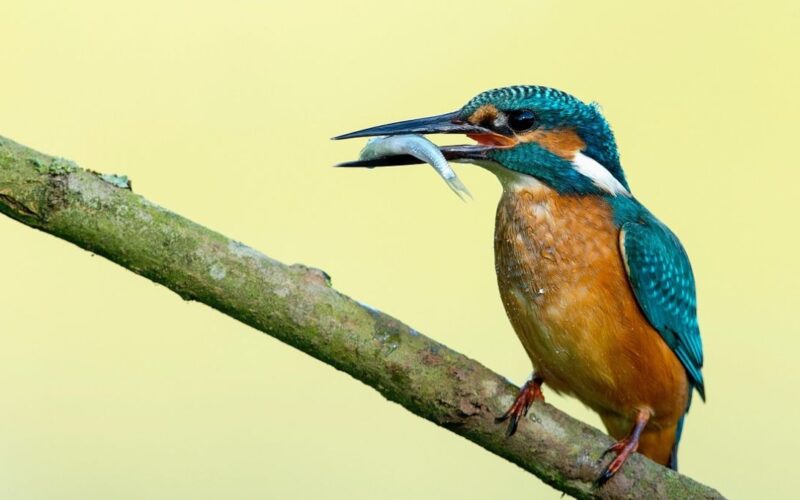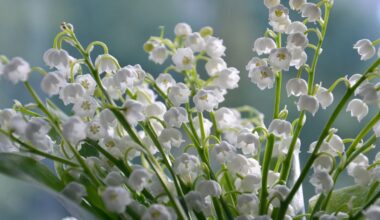Kingfishers are among the most captivating and charismatic birds in the world. The are renowned for their vibrant plumage, remarkable hunting skills, and distinctive calls. Found in various habitats across the globe, these avian wonders never fail to capture the imagination of birdwatchers and nature enthusiasts alike. In this article, we’ll delve into the enchanting world of kingfishers and uncover 10 intriguing facts about these magnificent birds.
Diverse Species
Kingfishers belong to the family Alcedinidae, which comprises over 90 species worldwide. These birds exhibit a remarkable diversity in size, coloration, and habitat preferences. These birds range from the diminutive African pygmy kingfisher to the imposing giant kingfisher of sub-Saharan Africa.
Aquatic Hunters
One of the most distinctive traits of kingfishers is their adeptness at hunting fish. Equipped with sharp, dagger-like bills and keen eyesight, kingfishers plunge into the water from perches or hover above the surface before diving with precision to catch their prey. Their streamlined bodies and waterproof plumage enable them to move effortlessly through the water in pursuit of fish, crustaceans, and aquatic insects.

Vibrant Plumage
Kingfishers are renowned for their dazzling array of colors, with many species exhibiting vibrant plumage adorned with shades of blue, green, orange, and chestnut. These striking colors serve as camouflage in their natural habitats. They help them blend seamlessly with their surroundings and evade potential predators.
Global Distribution
Kingfishers are found in various regions across the globe, including Africa, Asia, Europe, Australia, and the Americas. While some species inhabit tropical rainforests and mangrove swamps, others are adapted to temperate woodlands, grasslands, and freshwater lakeshores. Their wide distribution reflects their ability to thrive in diverse habitats and ecosystems.
Nesting Behavior
Kingfishers are cavity-nesting birds, meaning they excavate nesting burrows in earthen banks, riverbanks, or termite mounds. These burrows provide a safe and secluded space for laying eggs and raising chicks away from potential predators. Kingfishers are known for their meticulous nesting behavior, with pairs often engaging in elaborate courtship displays and territorial disputes during the breeding season.

Vocalizations
Kingfishers are highly vocal birds. They emit a variety of calls and vocalizations to communicate with mates, defend territories, and signal alarm. Their calls range from melodious trills and whistles to harsh screeches and chattering sounds, with each species possessing its own unique vocal repertoire.
Courtship Displays
During the breeding season, male kingfishers perform elaborate courtship displays to attract mates and establish breeding territories. These displays may involve aerial acrobatics, flashy plumage displays, and vocalizations, with males competing fiercely for the attention of females.
Threats and Conservation
Despite their adaptability and widespread distribution, kingfishers face various threats to their survival, including habitat loss, pollution, and climate change. Degradation of freshwater habitats, in particular, poses a significant risk to many species of kingfishers, as it affects their prey availability and nesting sites. Conservation efforts aimed at preserving wetlands, riparian habitats, and freshwater ecosystems are crucial for safeguarding kingfisher populations worldwide.

Symbolism and Mythology
Kingfishers hold significant cultural and symbolic value in many societies around the world. In ancient mythology and folklore, these birds are often associated with themes of prosperity, fertility, and protection. In some cultures, kingfishers are revered as symbols of good luck, while in others, they are feared as omens of misfortune or death.
Ecological Importance
As top predators in aquatic ecosystems, kingfishers play a crucial role in maintaining ecological balance and biodiversity. By controlling populations of fish and aquatic invertebrates, they help regulate food webs and contribute to the health and stability of freshwater habitats. Their presence is also indicative of the overall health and integrity of aquatic ecosystems.
Kingfishers are truly remarkable birds, celebrated for their beauty, agility, and ecological significance. From their stunning plumage and adept hunting skills to their diverse habitats and cultural symbolism, kingfishers captivate the imagination and inspire awe in people around the world. By learning more about these fascinating birds and supporting conservation efforts to protect their habitats, we can ensure that kingfishers continue to enchant and enrich our lives for generations to come.










